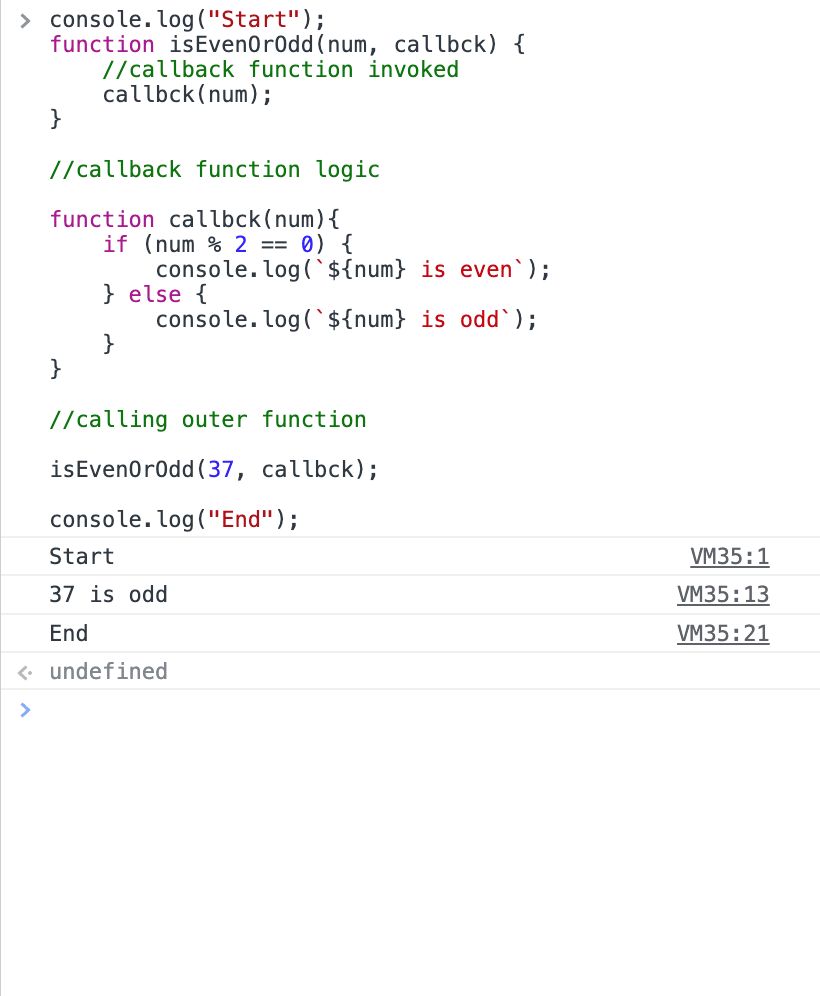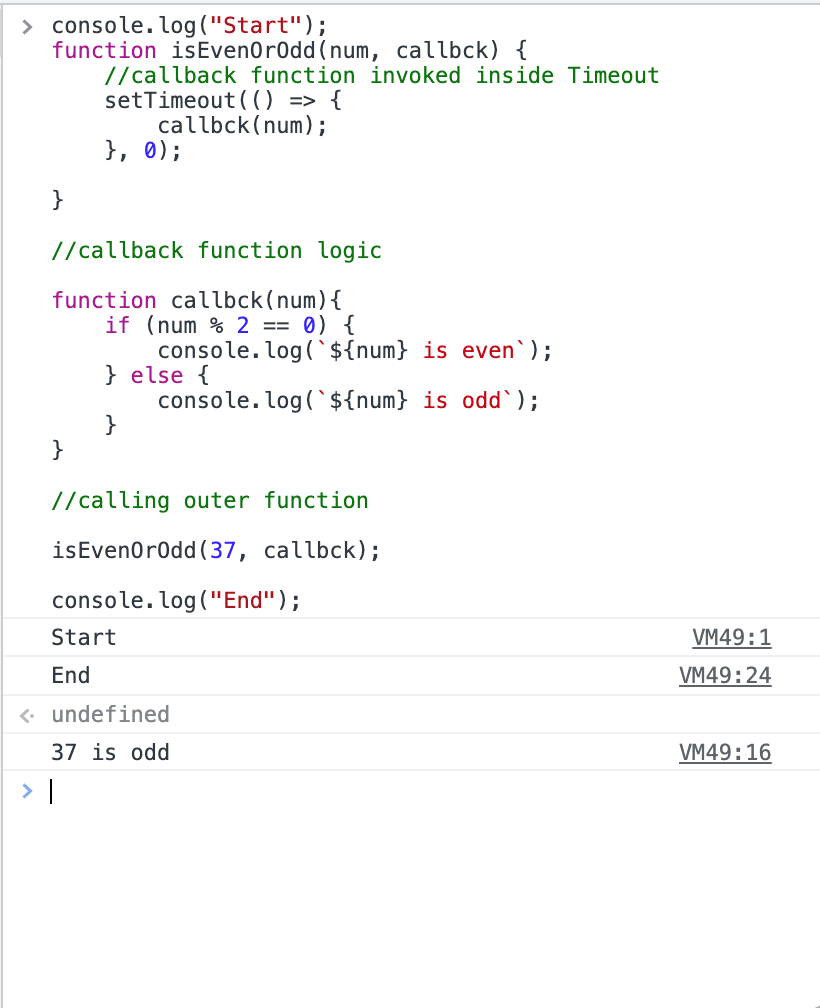Callbacks are an idea I struggled implementing once I was first launched to them in bootcamp. I understood their objective nevertheless it’s inevitable that not every thing you be taught will instantly stick the primary time round. Hopefully this dive into callbacks will make it easier to perceive their perform and objective!
What are callbacks in JavaScript?
The very first thing you wanna know is {that a} callback is a perform. In JavaScript, features are first-class objects, that means they are often:
-stored in a variable, object, or array
-passed as an argument to a perform. returned from a perform
-returned from a perform
A callback is a perform that’s handed inside one other perform as an argument. It’s invoked contained in the outer perform or “increased order perform” that “calls again” the callback perform to finish the duty.
What’s a better order perform?
A better order perform is a perform that takes one other perform as an enter, returns a perform or does each.
When can callbacks be used?
Callbacks can be utilized for asynchronous and synchronous duties inside our code.
Let’s take a look at an instance of a synchronous callback:
console.log("Begin");
perform isEvenOrOdd(num, callbck) {
//callback perform invoked
callbck(num);
}
//callback perform logic
perform callbck(num){
if (num % 2 == 0) {
console.log(`${num} is even`);
} else {
console.log(`${num} is odd`);
}
}
//calling outer perform
isEvenOrOdd(37, callbck);
console.log("Finish");
To check our code and take a look at output, I exploit the console in Google Chrome.
Observe the order of our output to full perceive the code circulate of this snippet. I discover utilizing the google chrome console or a code sandbox to look at the order of the output.
Our output ought to console.log(“Begin”), inform us if our enter is even or odd, and console.log(“Finish”). The logic that happens is:
-function isEvenOrOdd is an outer perform that takes callbck and num, our callback as an argument
-the callback perform is invoked after we name callbck(num)
-function callbck(num) offers us the callback logic when it’s invoked
–isEvenOrOdd(37, callbck) calls the outer perform, it invokes callbck(num) which calls on the callback logic
*Discover that in synchronous callbacks, callbacks are executed instantly of their order the place the output is initiated with the console.log(“Begin”), the features are established, invoked, and logic known as, adopted by the console.log(“Finish”).
Synchronous callbacks are blocking, which suggests the higher-order perform does not full its execution till the callback is finished executing
Now, let’s take a look at an asynchronous callback:
console.log("Begin");
perform isEvenOrOdd(num, callbck) {
//callback perform invoked inside Timeout
setTimeout(() => {
callbck(num);
}, 0);
}
//callback perform logic
perform callbck(num){
if (num % 2 == 0) {
console.log(`${num} is even`);
} else {
console.log(`${num} is odd`);
}
}
//calling outer perform
isEvenOrOdd(37, callbck);
console.log("Finish");
This code snippet is just like our first code snippet, besides we incorporate the setTimeout perform.
Let’s check out our output:
Our asynchronous output has modified, what is going on on?
With this asynchronous callback, the callback is enclosed throughout the setTimeout perform.
By default, the setTimeout perform is an asynchronous perform as a result of it causes the code circulate to delay till the duty has been accomplished.
The asynchronous callback is executed after the execution of the higher-order perform.
he asynchronous option to invoke the callbacks:
-The upper-order perform begins execution: console.log("Begin")
-The upper-order perform completes its execution: console.log("Finish")
-The callback perform executes after 2 seconds: 37 is odd
Asynchronous callbacks are non-blocking which suggests the higher-order perform completes its execution with out ready for the callback. The upper-order perform makes certain to execute the callback in a while a sure occasion.
That is what causes us to see a distinction within the order of our output.
Conclusion:
Understanding the code circulate of callbacks is advantageous since you’ll achieve a deeper perception into how duties are being carried out, manipulating information, and debugging. I get fuzzy on these ideas nonetheless, fearing I am not utilizing the suitable syntax, so it at all times helps to have sources to refresh your data!
References:
https://dmitripavlutin.com/javascript-callback/
https://www.freecodecamp.org/news/discover-the-power-of-first-class-functions-fd0d7b599b69/
https://style-tricks.com/koladev/a-simple-guide-to-asynchronous-javascript-callbacks-promises-async-await-4m03




